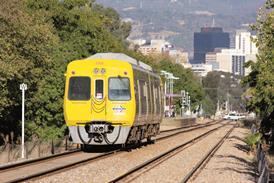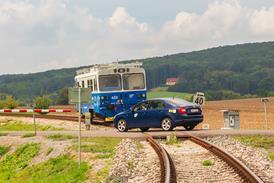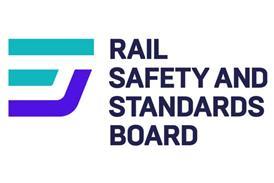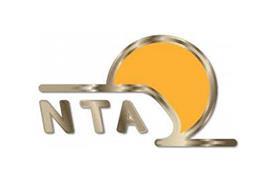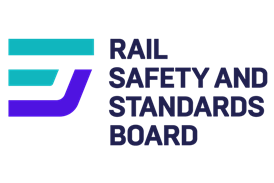Are you aware of the new threats to your railway?

Most rail operators now recognize the powerful, wide-ranging benefits of digital technologies. But as digital systems become more widespread, do they fully understand the expanded cyber threats they face, especially since railways are prime public targets? And are they also learning the best ways to protect their assets and their communities as advances in quantum computing introduce greater risks?
You’ve reached your limit of content for the month


